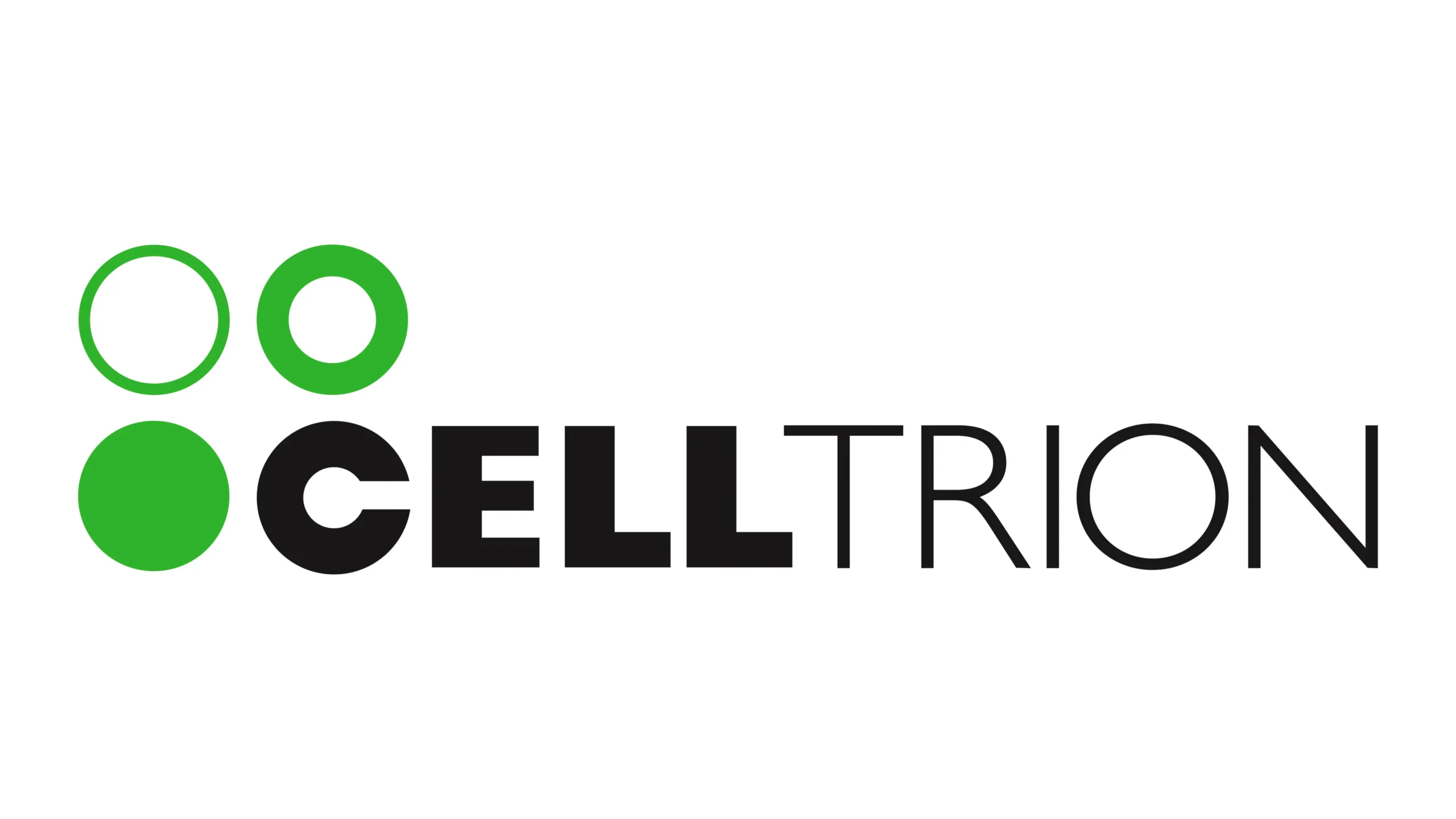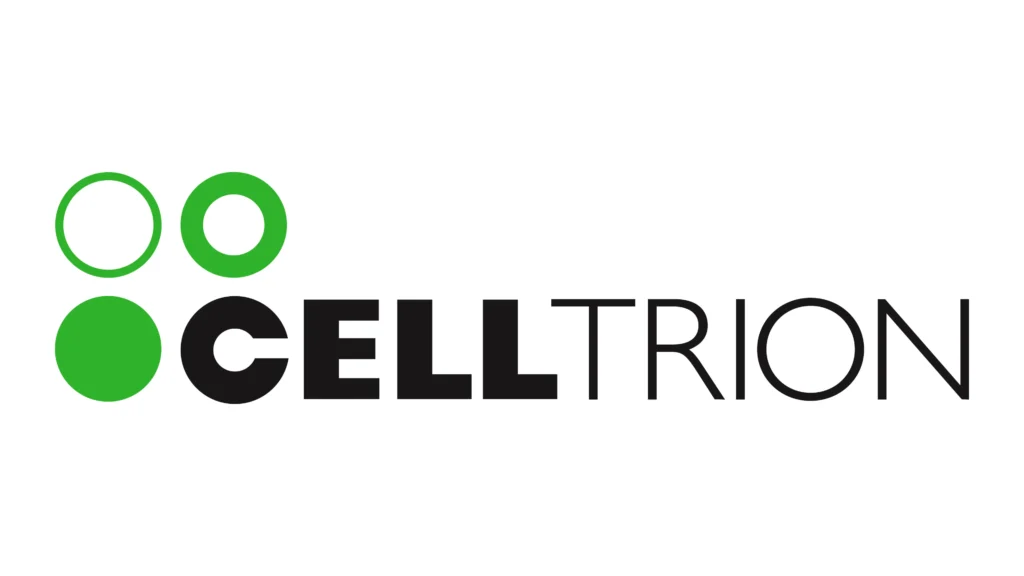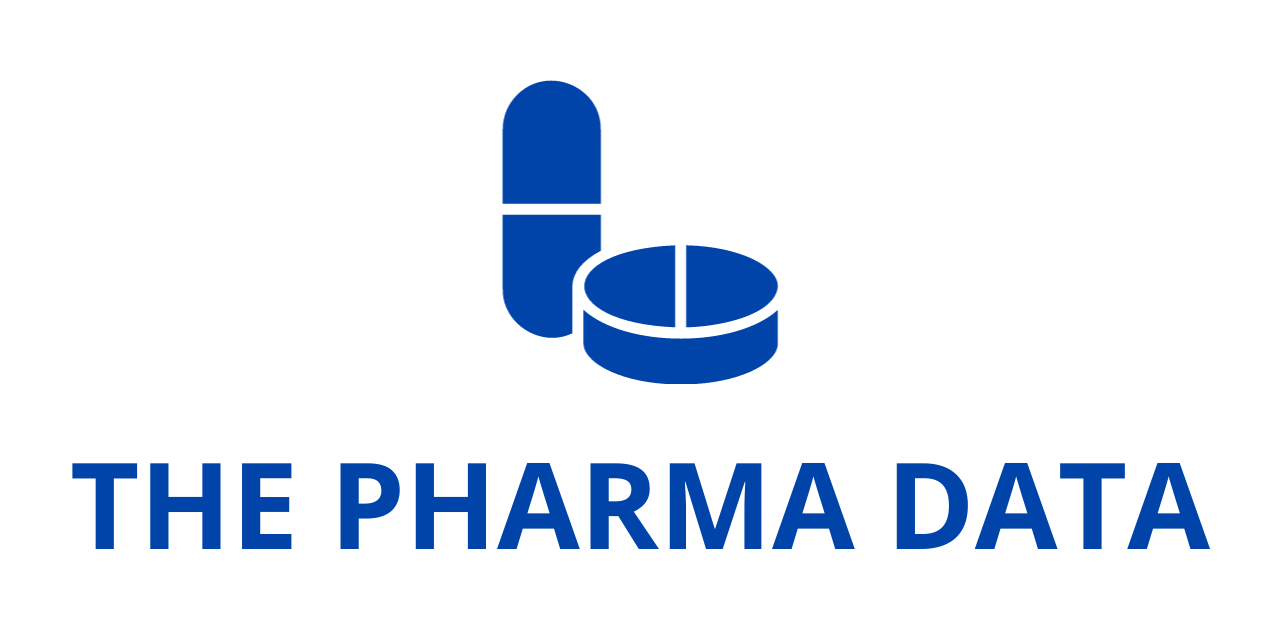
Celltrion Showcases Real-World Evidence Supporting Switch from IV to Subcutaneous Infliximab at UEG Week 2025
Celltrion, Inc., a global leader in biopharmaceutical innovation, today highlighted compelling real-world evidence supporting the use of subcutaneous (SC) infliximab for patients with inflammatory bowel disease (IBD). The data, presented during the Meet the Expert (MTE) sessions at UEG Week 2025, reaffirmed the efficacy, safety, and practicality of transitioning patients from traditional intravenous (IV) infliximab to SC administration at a dose of 120mg every two weeks. These findings mark a significant milestone in advancing patient-centered care, offering a more convenient and flexible treatment option while maintaining clinical effectiveness.
The presentations featured prominent gastroenterology experts, including Professor Nicolas Mathieu, Celltrion Medical Director of MICI Institut Privé, Cliniques des Cèdres, and Associate Professor of Gastroenterology, alongside Professor Anthony Buisson, Head of the IBD Unit at University Hospital Estaing in Clermont-Ferrand, France. Both physicians shared their insights and experiences on the real-world application of SC infliximab, underscoring its role as a safe and effective alternative to IV therapy in diverse patient populations.
Real-World Insights from Professor Nicolas Mathieu
Professor Nicolas Mathieu presented data from a multicentric, prospective cohort study, known as the PEREM real-life study, which evaluated patients who switched from IV infliximab to SC infliximab in routine clinical practice. The study offered an in-depth look at long-term treatment persistence and patient outcomes, reflecting the realities of everyday care rather than the controlled environment of clinical trials.
The Celltrion PEREM study revealed that switching from IV to SC infliximab was generally well tolerated, with more than 95% of patients who were in remission at baseline continuing their therapy after one year. This high rate of treatment persistence suggests that SC infliximab maintains disease control effectively over extended periods, aligning closely with the outcomes observed in conventional IV therapy. Importantly, the study found no significant differences in persistence between patients who were receiving combination therapy with immunomodulators and those on SC infliximab monotherapy, both at the time of inclusion and three months post-switch. This indicates that SC infliximab can be successfully integrated into various therapeutic regimens without compromising efficacy or adherence.
Professor Mathieu emphasized that the transition to SC therapy offers multiple advantages beyond clinical outcomes. The subcutaneous route allows for self-administration at home, reducing the need for hospital visits and infusion center appointments. This shift not only enhances patient convenience but also contributes to more efficient use of healthcare resources, potentially lowering overall treatment costs while maintaining high standards of care.
Clinical Perspectives from Professor Anthony Buisson
Professor Anthony Buisson further expanded on the feasibility and safety of switching patients from IV to SC infliximab, particularly in complex clinical scenarios. His presentation highlighted that even patients with challenging profiles—including obesity, a history of perianal disease, or complicated Crohn’s disease phenotypes such as structuring or fistulizing disease—can safely transition to SC therapy. This is particularly relevant for gastroenterologists managing patients with varied clinical characteristics, as it demonstrates that SC infliximab is not only suitable for standard cases but also adaptable to more demanding treatment contexts.

In addition to safety and feasibility, Professor Buisson shared insights on long-term persistence and efficacy. Celltrion Multiple studies conducted across France and the UK consistently showed that patients maintained SC infliximab therapy with low relapse rates, confirming its sustained effectiveness. Particularly noteworthy was the observation that SC infliximab remained effective even after IV induction in patients with active perianal lesions, a patient subgroup traditionally considered difficult to treat. These findings underscore the potential of SC infliximab to provide robust disease control across a broad spectrum of IBD presentations.
Professor Buisson also highlighted the overall acceptance of SC therapy among patients. The ability to self-administer medication without the need for frequent hospital visits is a major factor in improving quality of life and treatment adherence. This aligns with growing trends in personalized medicine, where patient convenience and autonomy are increasingly recognized as important components of successful long-term disease management.
Implications for Healthcare Systems and Patients
The Celltrion presentations at UEG Week 2025 reinforced that the availability of SC infliximab can lead to more sustainable healthcare delivery. By reducing the need for infusion centers and hospital-based administration, SC therapy has the potential to alleviate pressure on healthcare infrastructure while providing patients with greater flexibility and autonomy in managing their disease. This shift may also facilitate earlier treatment interventions and improved disease monitoring, as patients can access therapy more conveniently and maintain consistent adherence to their prescribed regimen.
Nam Lee, Vice President of Celltrion Global Medical Affairs at Celltrion, highlighted the broader significance of these findings: “The Meet the Expert sessions provide an important opportunity to share real-world evidence on the role of subcutaneous infliximab. The evidence confirms that switching from intravenous to subcutaneous therapy is effective and safe and supports more sustainable healthcare delivery.” Lee emphasized that real-world data, alongside traditional clinical trial evidence, is essential for guiding therapeutic decisions and shaping the future of IBD management.
Patient-Centric Advantages of SC Infliximab
Beyond clinical outcomes, the transition to SC infliximab represents a paradigm shift in patient care, emphasizing convenience, autonomy, and improved quality of life. The ability to self-administer medication at home allows patients to better integrate treatment into their daily lives, reducing disruptions caused by hospital visits and infusion appointments. This is particularly beneficial for patients who may face geographic or logistical challenges in accessing infusion centers.
Additionally, the predictable Celltrion pharmacokinetics of SC infliximab ensures consistent drug exposure, supporting sustained disease control and minimizing the risk of relapse. For patients, this translates to fewer flare-ups, less frequent interventions, and more stable disease management over time. Healthcare providers, in turn, benefit from streamlined monitoring and reduced resource utilization, creating a more efficient and patient-focused treatment paradigm.
Supporting Data and Future Directions
The real-world findings presented at UEG Week 2025 complement existing clinical trial data, collectively building a robust evidence base for SC infliximab. As ongoing studies continue to assess long-term outcomes and patient-reported experiences, the potential for SC therapy to become a standard option in IBD management is increasingly clear.
Both Professor Mathieu and Professor Buisson emphasized the need for continued real-world research to further validate the efficacy and safety of SC infliximab across diverse patient populations. Future studies are expected to Celltrion explore long-term outcomes, patient satisfaction, and the potential for SC therapy to reduce healthcare costs while maintaining high standards of care.
Celltrion’s presentation at UEG Week 2025 underscores the growing role of subcutaneous infliximab as a safe, effective, and patient-friendly alternative to intravenous administration. Real-world evidence demonstrates that switching from IV to SC therapy is feasible even in complex patient populations, with high rates of treatment persistence, sustained efficacy, and low relapse risk.
As Celltrion healthcare systems increasingly prioritize patient-centered approaches, the adoption of SC infliximab represents a meaningful advancement in the management of IBD. By providing a more convenient and flexible therapy option, SC infliximab not only meets the clinical needs of patients but also supports sustainable, efficient healthcare delivery.
Nam Lee summarized the impact succinctly: “The evidence confirms that switching from intravenous to subcutaneous therapy is effective and safe, while also enabling more sustainable and patient-friendly healthcare solutions. This is an important step forward for both patients and clinicians managing IBD.”
With these insights, Celltrion continues to position itself at the forefront of innovation in gastroenterology, advancing therapies that improve patient outcomes, enhance quality of life, and optimize healthcare delivery across the globe.




